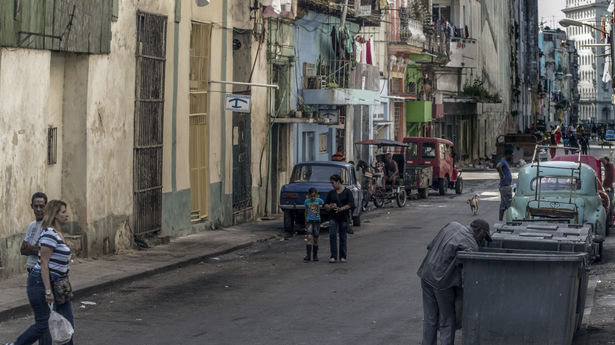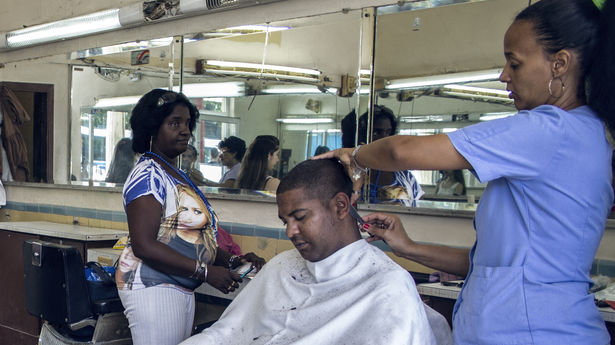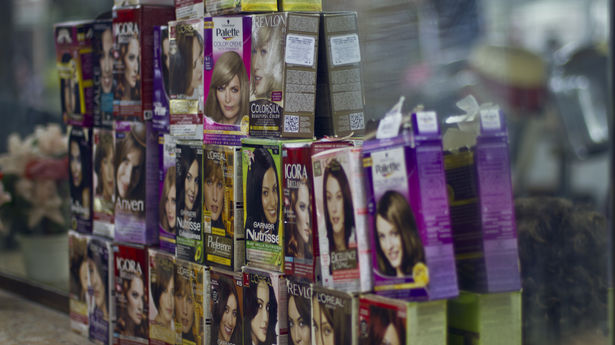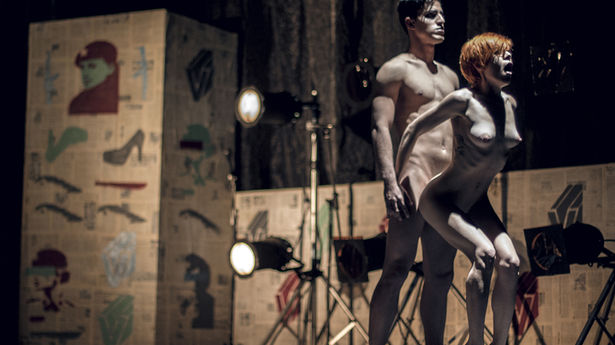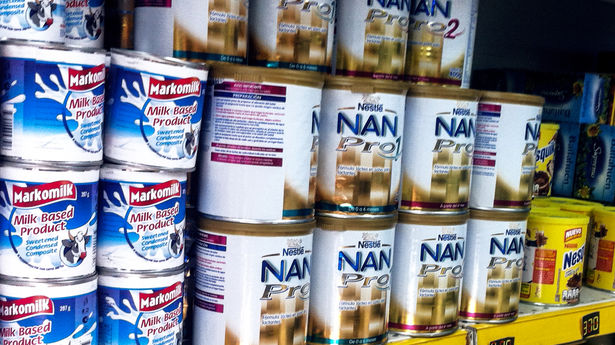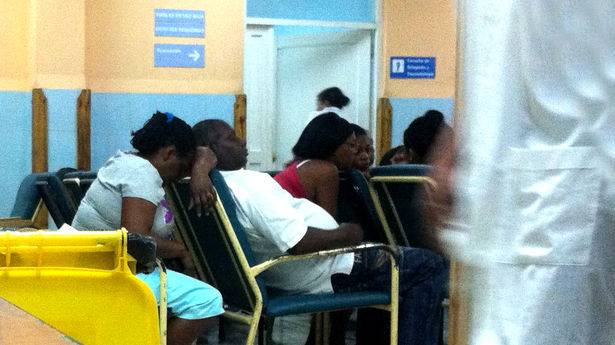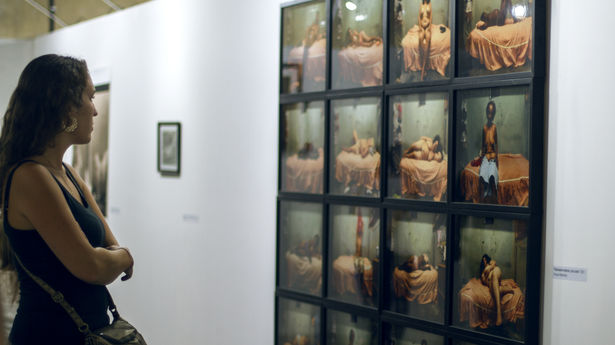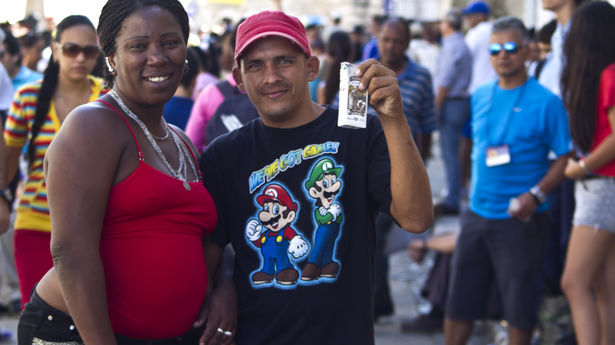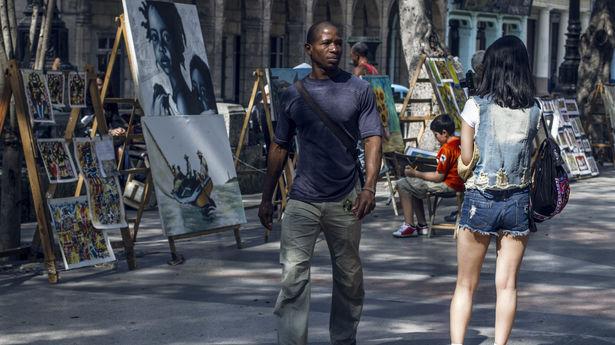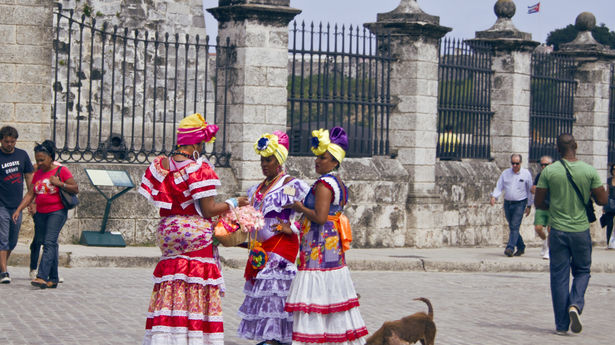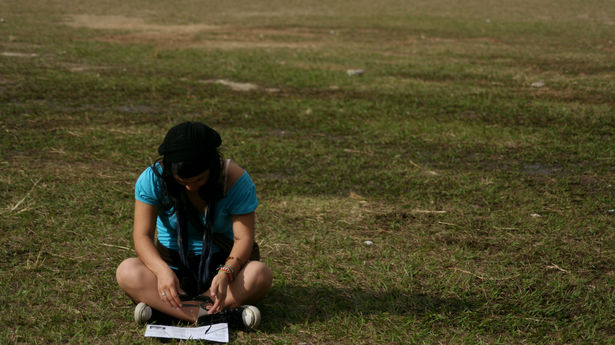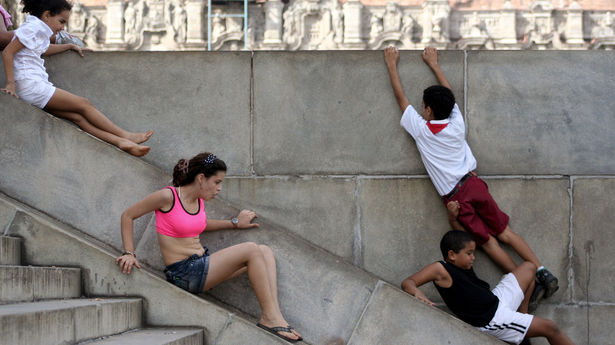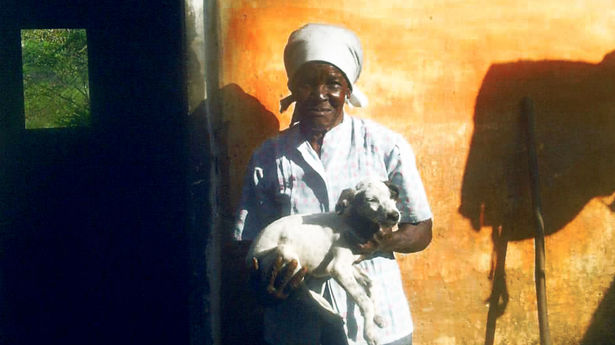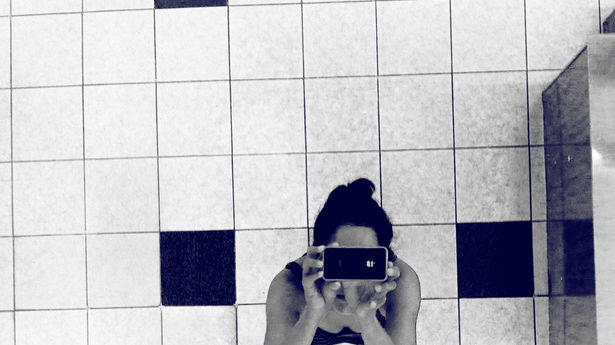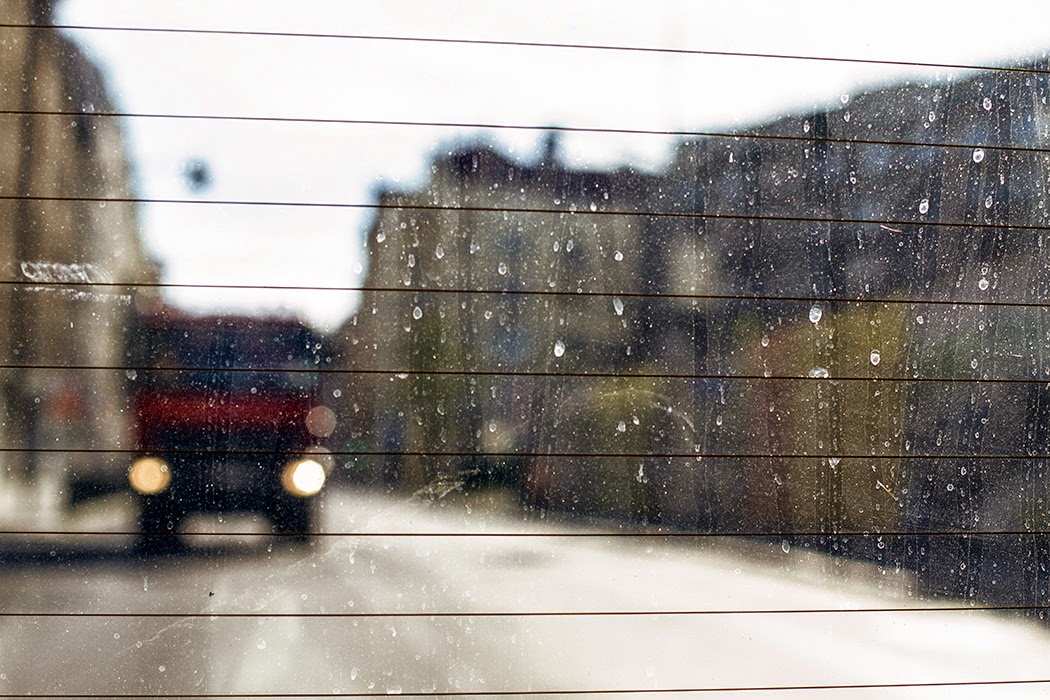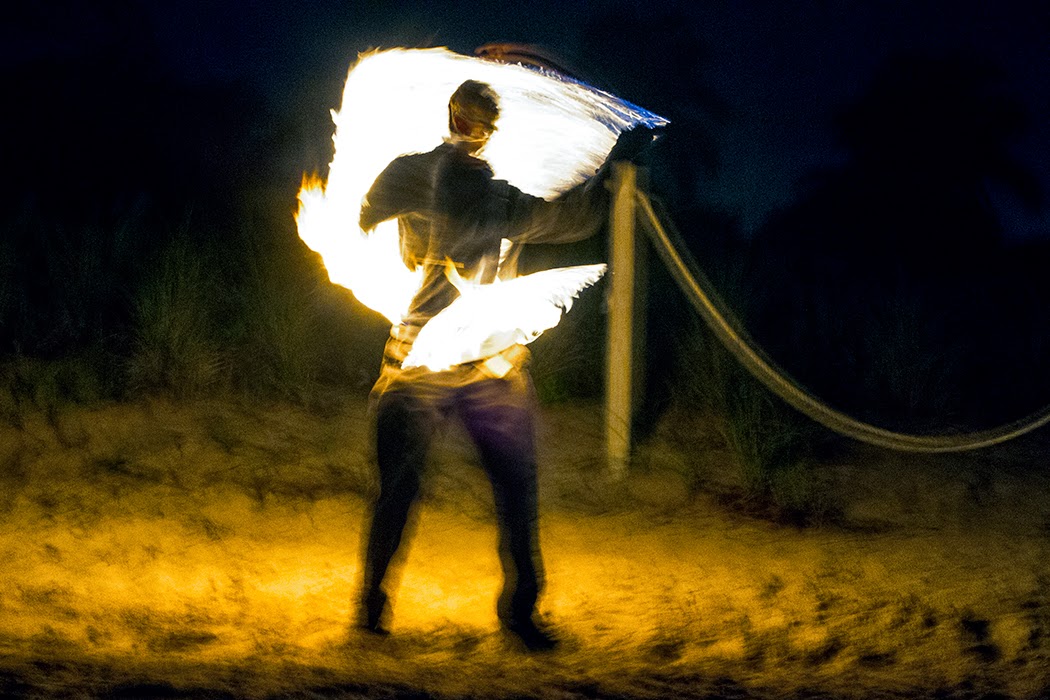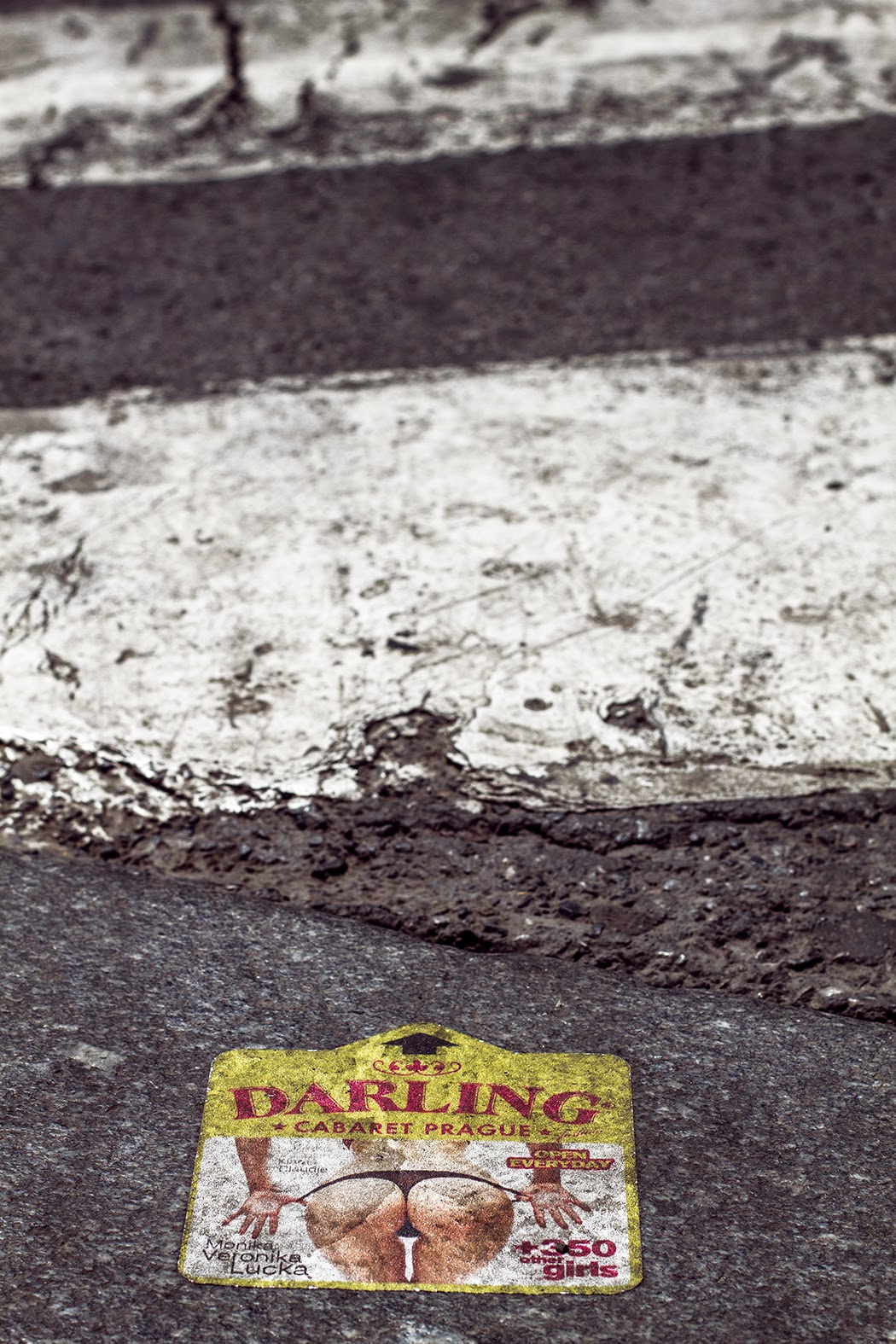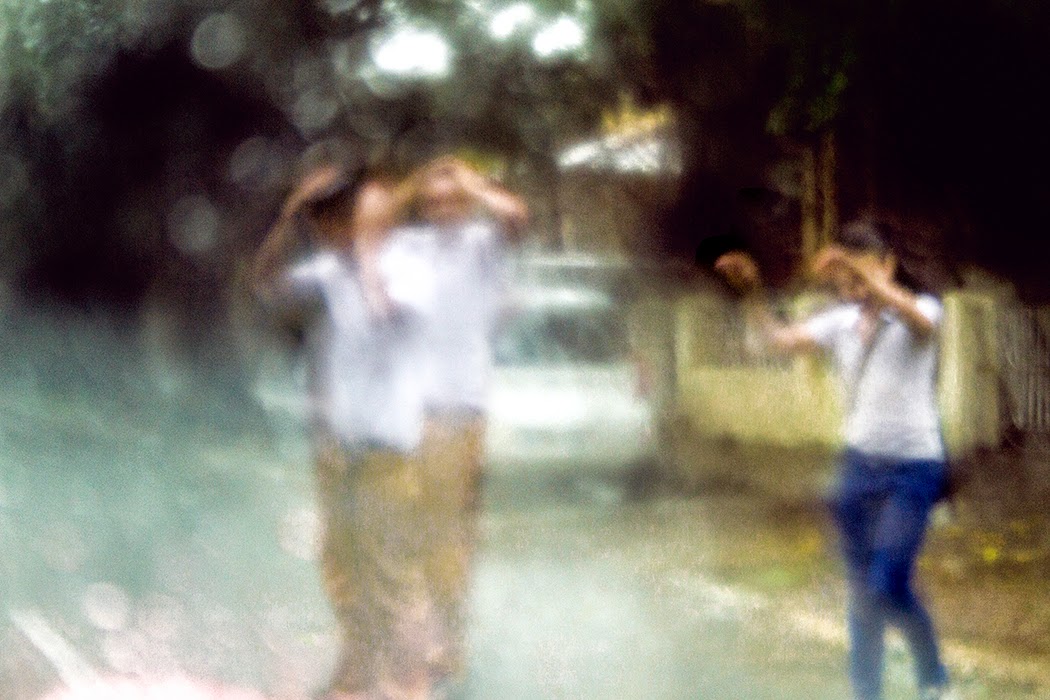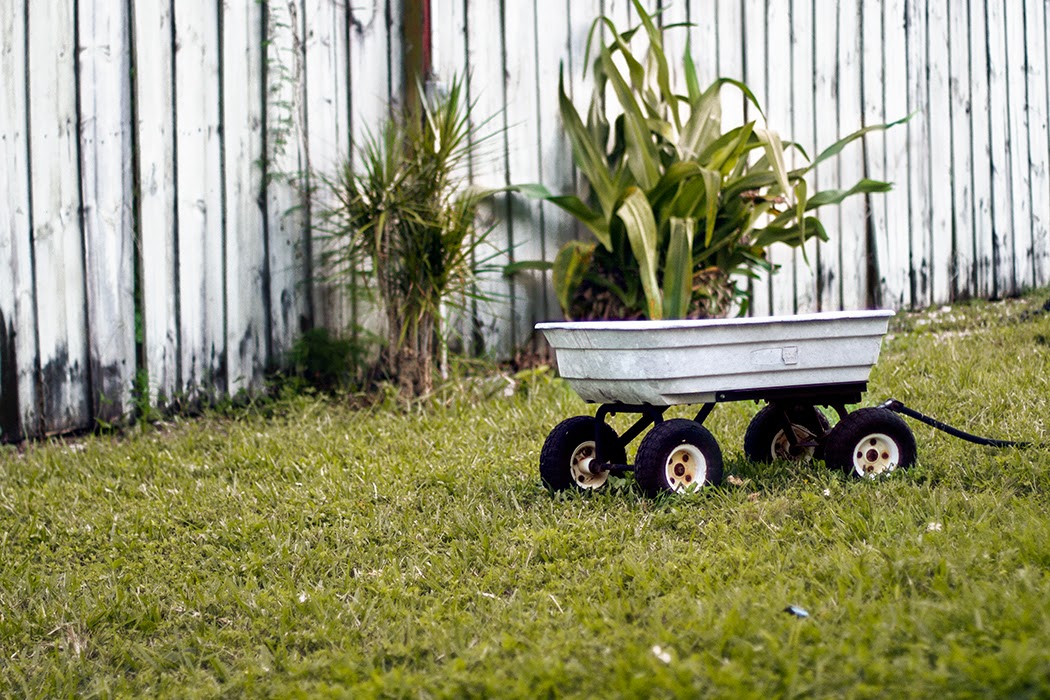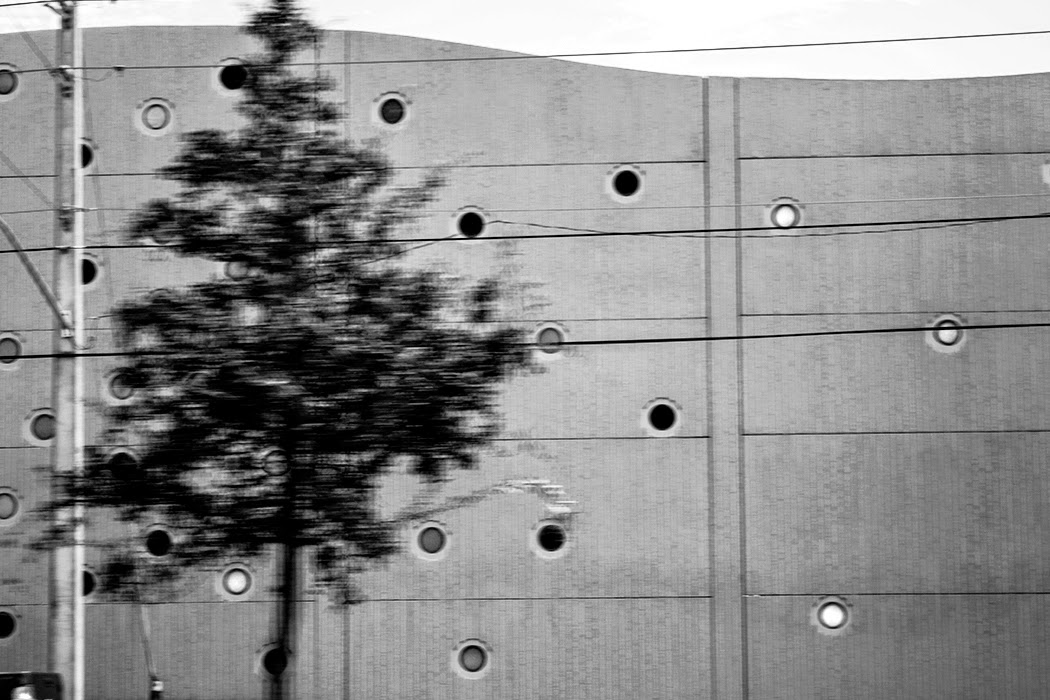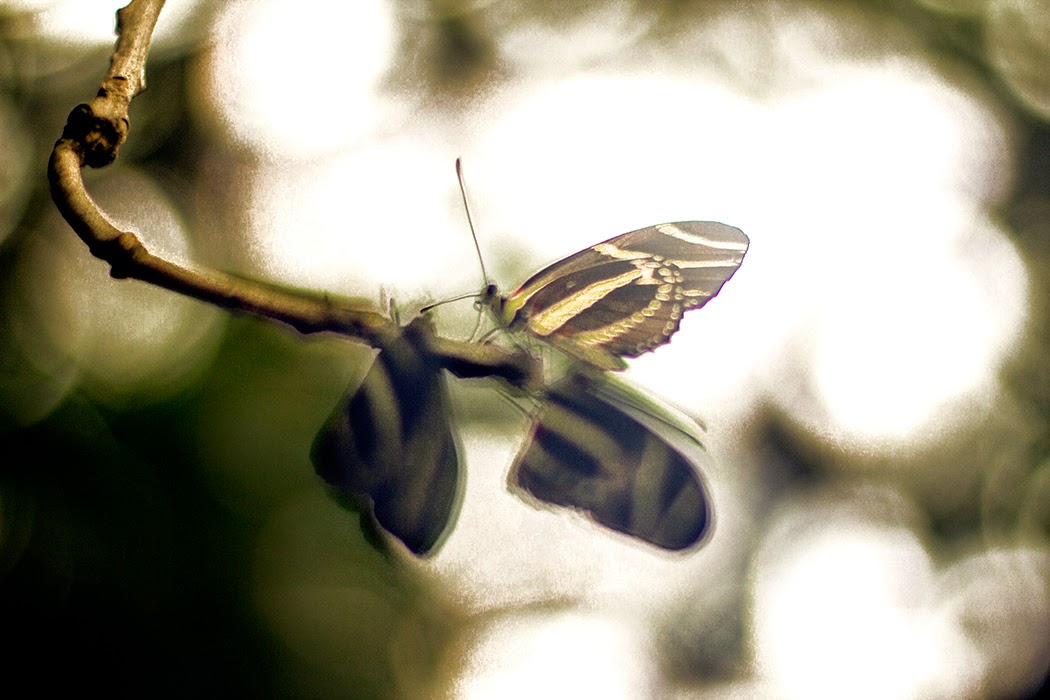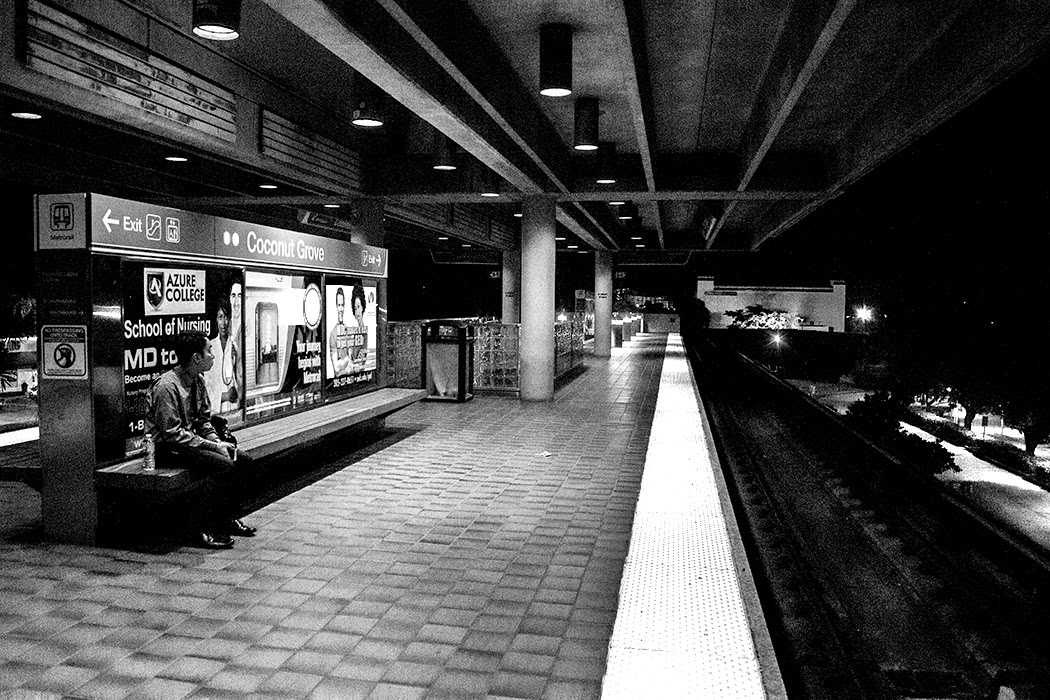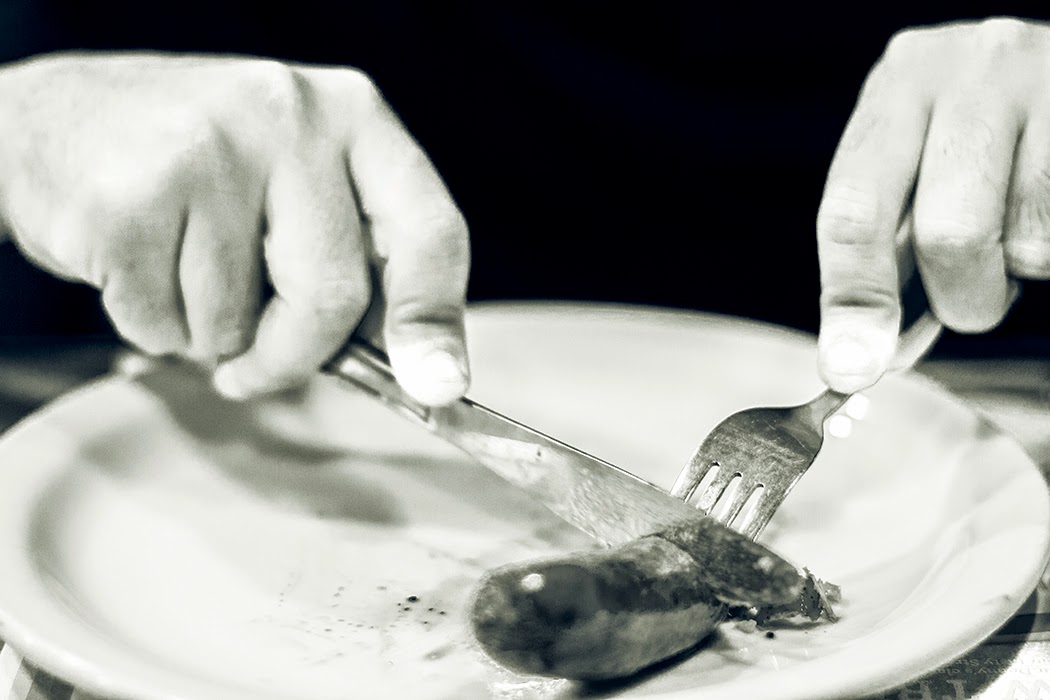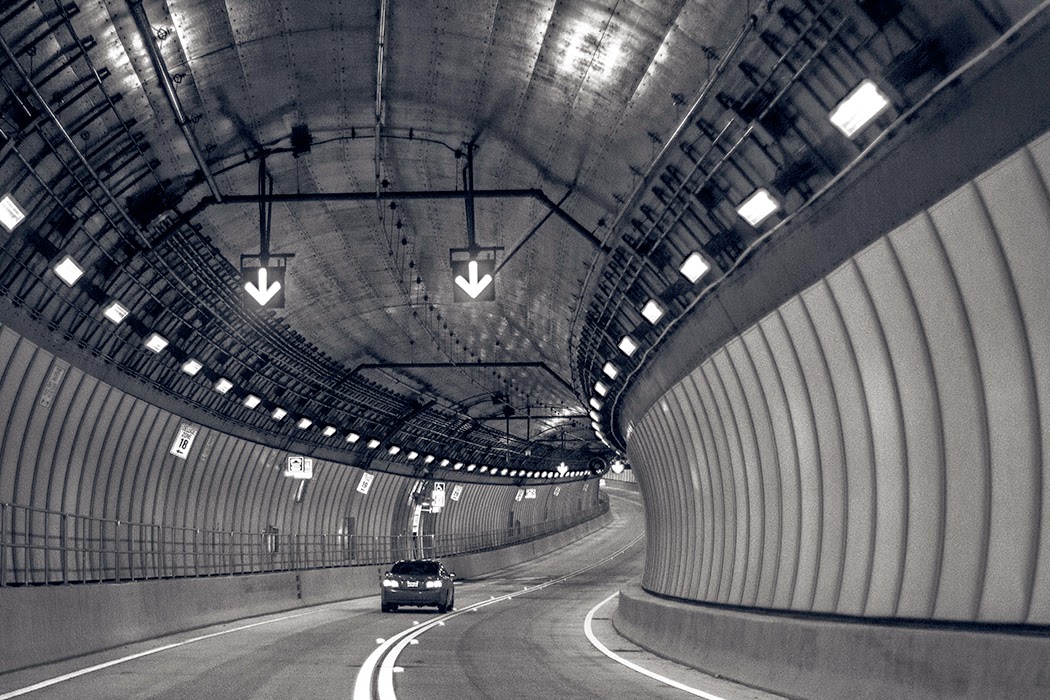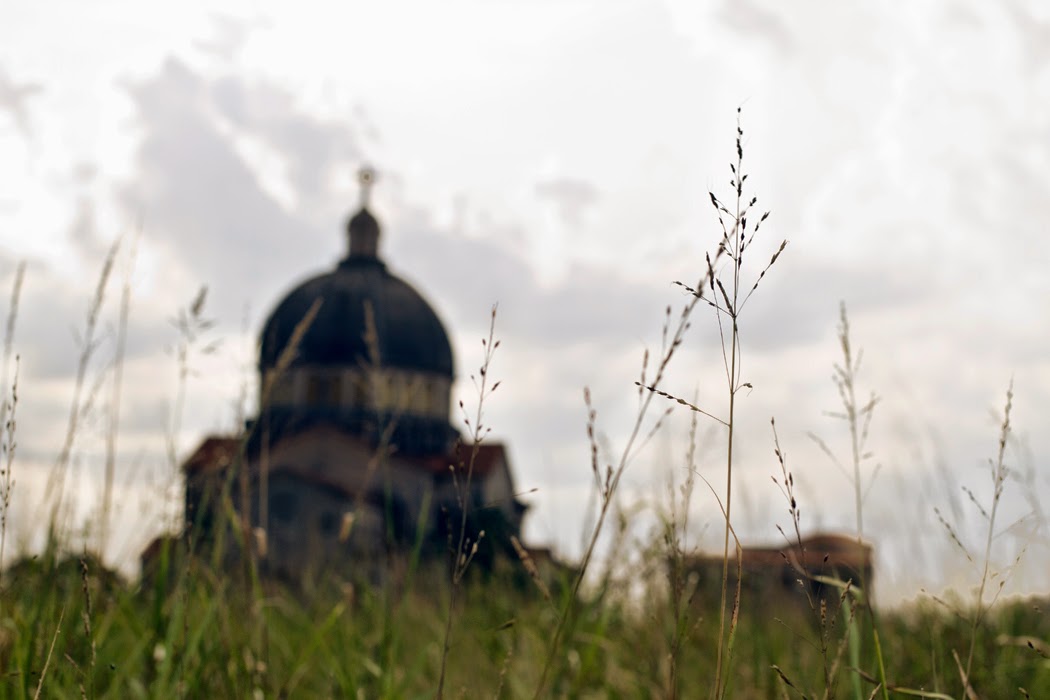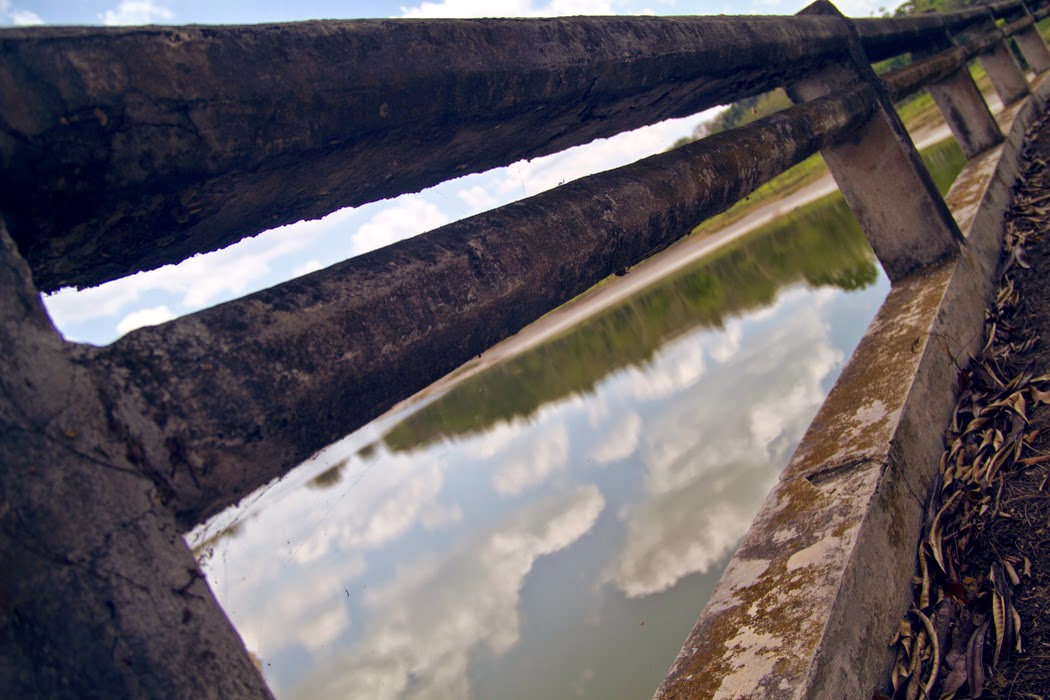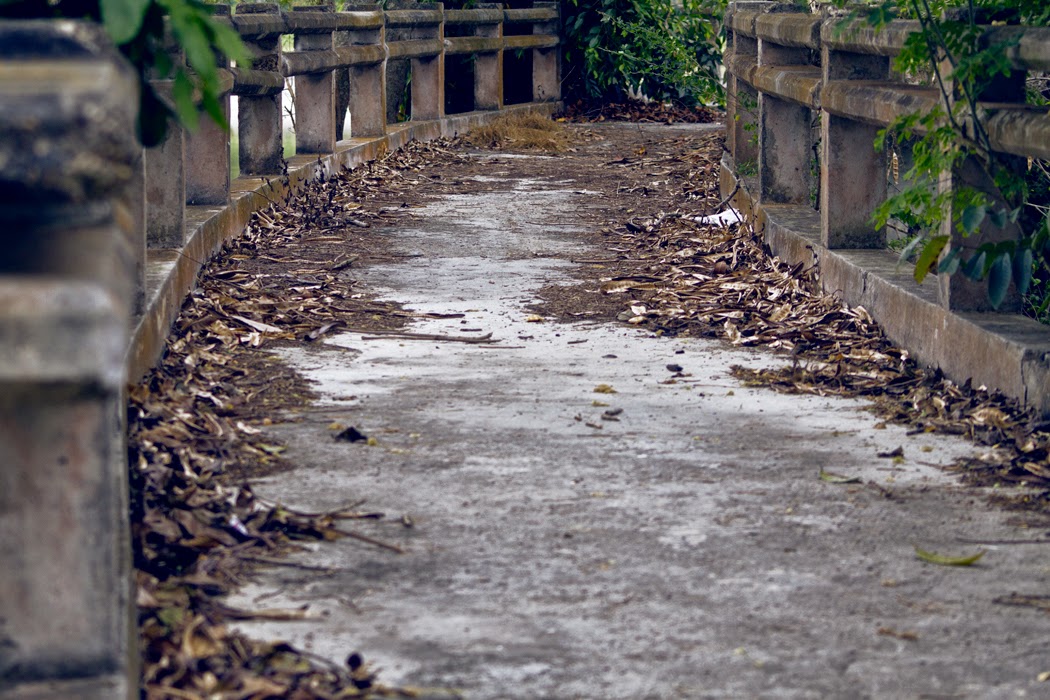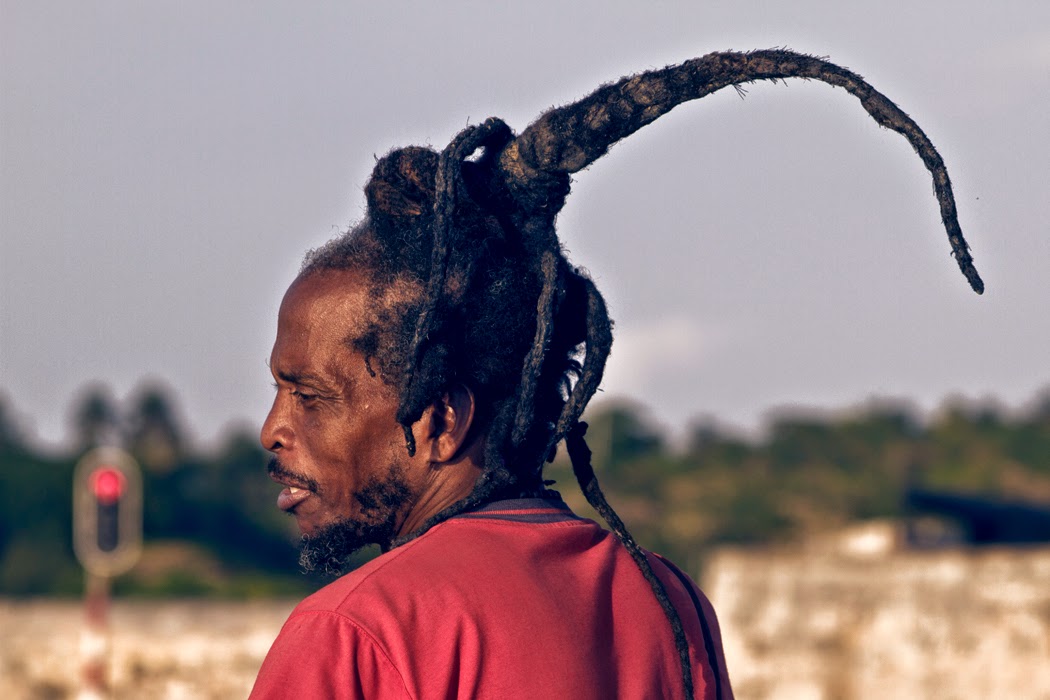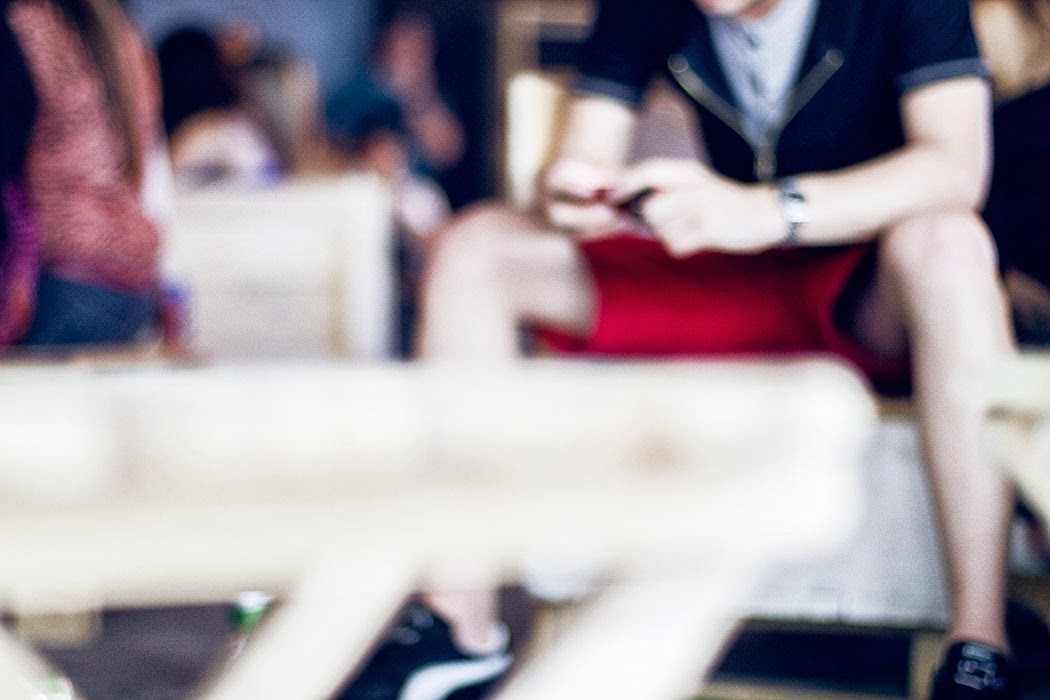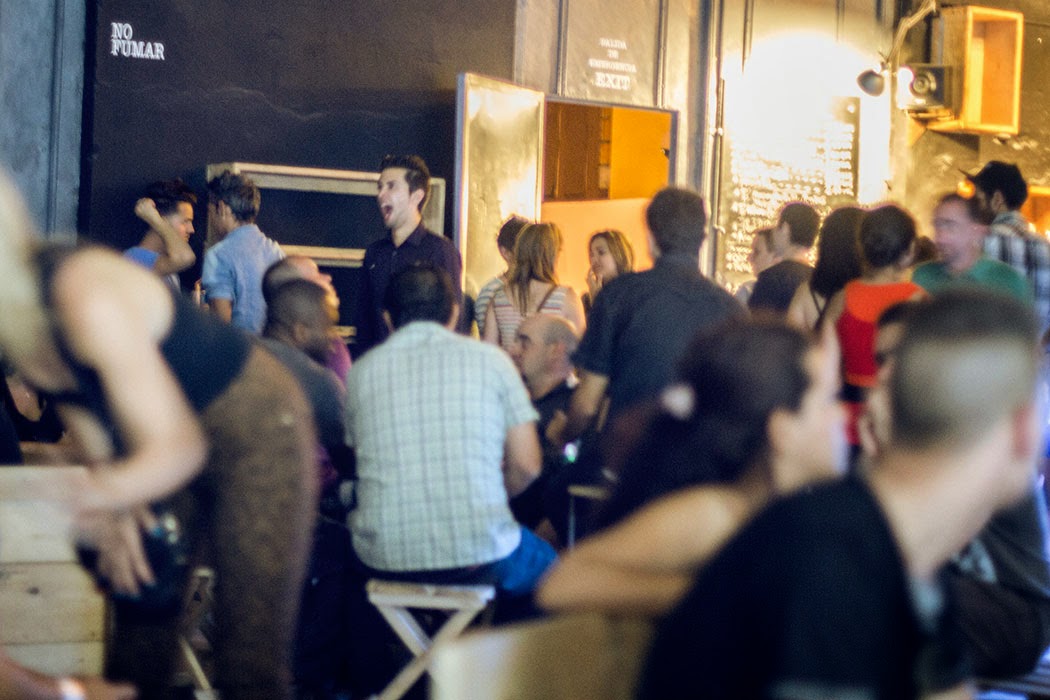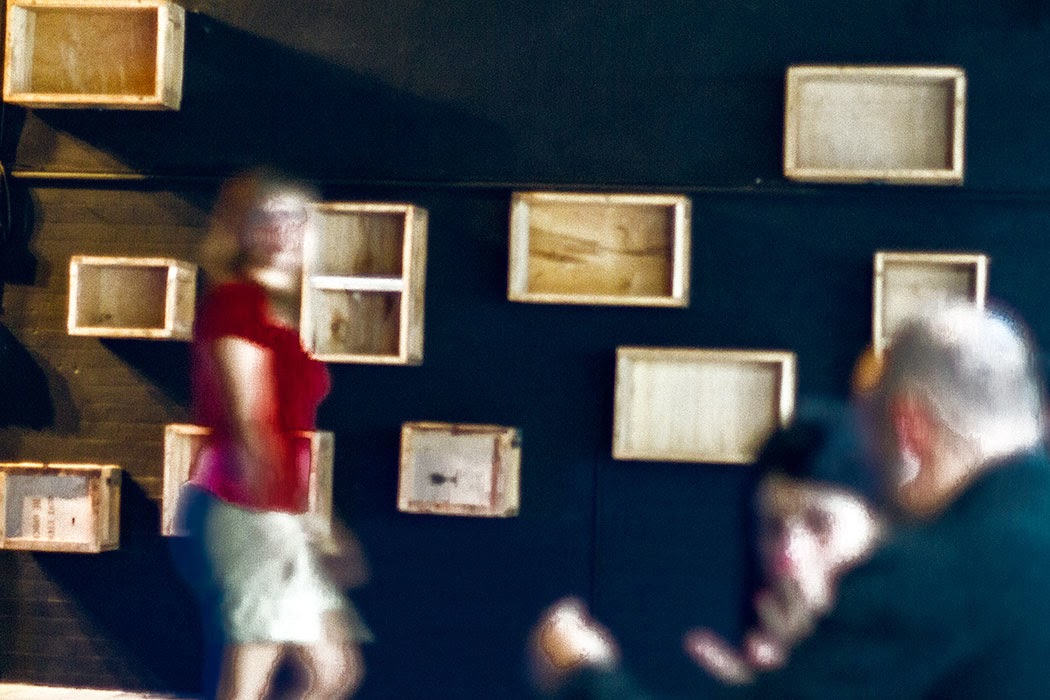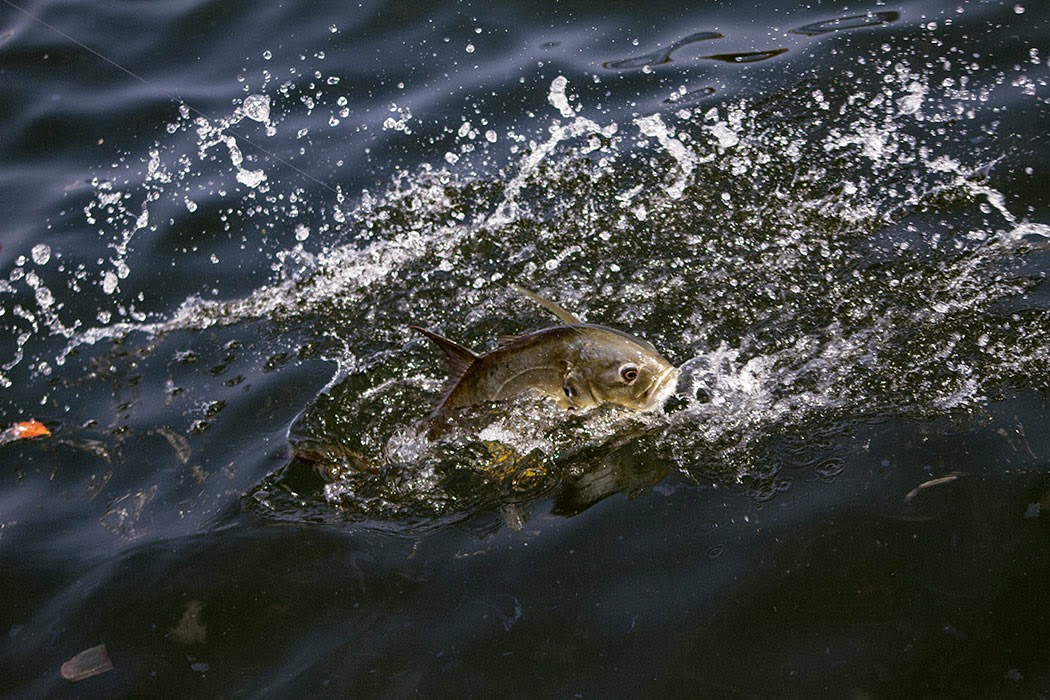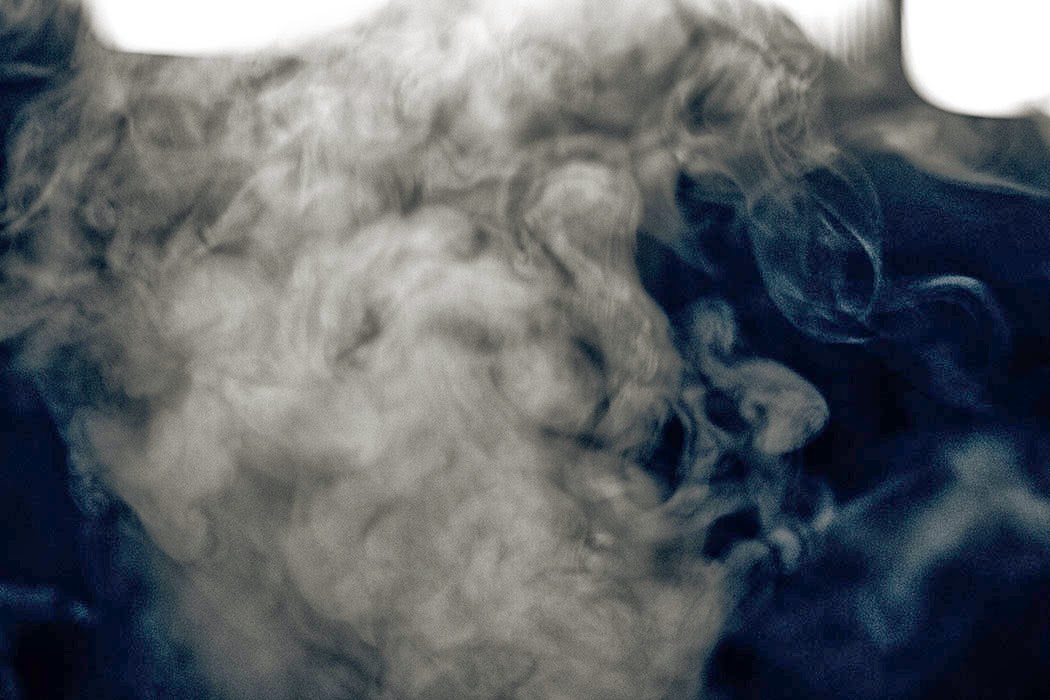Category: Silvia Corbelle
Early Morning / Silvia Corbelle
High Contrast / Silvia Corbelle
Miami 3 / Silvia Corbelle
Miami 2 / Silvia Corbelle
M of Miami / Silvia Corbelle
Another Year Without Winter / Silvia Corbelle
CubaRaw – Who Are We? / Lia Villares, Silvia Corbelle, Claudio Fuentes
Silvia Corbelle, Havana, b. 1984.
Dentist by profession and photographer by vocation. Website here.
Lia Villares, Havana. b. 1984. To create is to resist. Website here.

Claudio Fuentes Madan b.1975. Artist, photographer. Audiovisual editor and creator. Website here.

CubaRaw2013 – The Project / Lia Villares, Silvia Corbelle, Claudio Fuentes, Orlando Luis Pardo Lazo
 CUBARAW: A Photography Project for the Support and Dissemination of Alternative Cultural Activities in Today’s Cuba
CUBARAW: A Photography Project for the Support and Dissemination of Alternative Cultural Activities in Today’s Cuba
Created by Claudio Fuentes Madan and Orlando Luis Pardo Lazo in 2009, now continued by Claudio, Silvia Corbelle and Lia Villares, 2013.
The alternative photographic agency CUBARAW is an attempt to launch a database of images (as well as custom images), starting from the work of each photographer involved, but as a collective endeavor to revolutionize both Cuban independent journalism as well as activism in favor of human rights in our nation.
CUBARAW refers to the format “.raw” of maximum digital quality, but also the idea of Cuba “in the raw” without distortion or censorship.
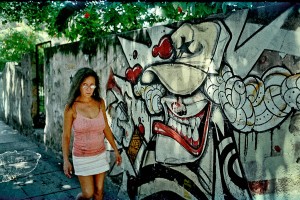 It is a platform for all members of the emerging Cuban civil society interested in developing their photographic abilities, whether professional or otherwise, and whether active or otherwise as communicators tied to agencies, libraries, discussion groups, opposition parties, etc.
It is a platform for all members of the emerging Cuban civil society interested in developing their photographic abilities, whether professional or otherwise, and whether active or otherwise as communicators tied to agencies, libraries, discussion groups, opposition parties, etc.
continue reading
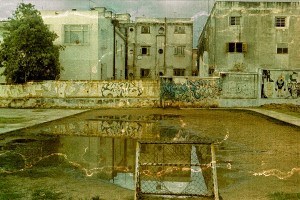 In Cuba there have been several independent news agencies, with both academic and self-taught reporters and photojournalists. Among the population today there is a fairly high penetration of amateur format digital cameras, which, along with the use of mobile phones (and to a lesser extent iPhones) that allows the collection of a good flow of information about our context.
In Cuba there have been several independent news agencies, with both academic and self-taught reporters and photojournalists. Among the population today there is a fairly high penetration of amateur format digital cameras, which, along with the use of mobile phones (and to a lesser extent iPhones) that allows the collection of a good flow of information about our context.
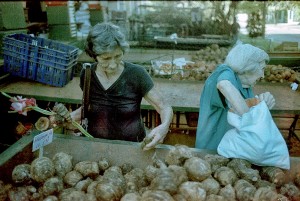 These photos circulate from computer to computer through discs or flash drives, and often are published on the internet. However, beyond their experiential value, most of these snapshot waste most of their discursive potential–aesthetic and political–with the result that, without notable exceptions, the visualization coming from the dissidence, opposition and Cuban independent press is poor.
These photos circulate from computer to computer through discs or flash drives, and often are published on the internet. However, beyond their experiential value, most of these snapshot waste most of their discursive potential–aesthetic and political–with the result that, without notable exceptions, the visualization coming from the dissidence, opposition and Cuban independent press is poor.
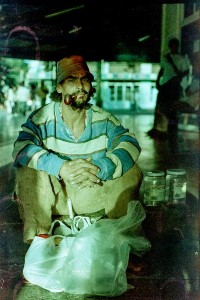 This lack of visualization is hard to grasp from within the island, where internet connectivity is almost zero beyond the capital, especially in the case of civil society actors who never have the privileged connectivity of the State. This is so normal that it’s not considered a difficulty that should be solved immediately and permanently for the future.
This lack of visualization is hard to grasp from within the island, where internet connectivity is almost zero beyond the capital, especially in the case of civil society actors who never have the privileged connectivity of the State. This is so normal that it’s not considered a difficulty that should be solved immediately and permanently for the future.
An independent photo agency, which also functions as a shared database at the national level (free of charge to national citizens but compensated for interested correspondents) would be a proposal capable of meeting this deficiency in Cuban visual discourse.
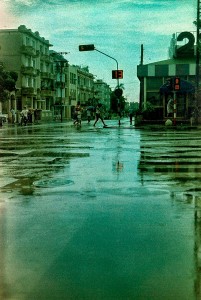 CUBARAW will offer the creation, classification and development of a database of images taken of the day to day reality of contemporary Cuba, photos–(and to the extent possible, videos–valuable for their expressive power in any field of interest: repression, activism, the economy and jobs, education, health and hygiene, manners and folklore, sports, religion, migration, art, concerts, theater, communications and transportation, etc.
CUBARAW will offer the creation, classification and development of a database of images taken of the day to day reality of contemporary Cuba, photos–(and to the extent possible, videos–valuable for their expressive power in any field of interest: repression, activism, the economy and jobs, education, health and hygiene, manners and folklore, sports, religion, migration, art, concerts, theater, communications and transportation, etc.
CUBARAW will disseminate freely and massively (via DVDs and flash memory), at the national level, the updated image database of the CUBARAW agency, especially among independent social communicators independent official Cuban institutions, preferably if they are in active contact with the emerging civil society, and through promotional postcards with attractive and non-politicized designs.
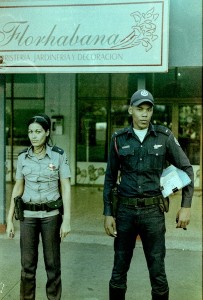 CUBARAW will make available–physically and virtually–to interested parties, an emerging model photographic course with textual and audiovisual materials, of a theoretical and practical nature, for developing technical and artistic photographic expression among independent Cuban journalists, which in turn could become image partners for CUBARAW, as well distribute this methodological information.
CUBARAW will make available–physically and virtually–to interested parties, an emerging model photographic course with textual and audiovisual materials, of a theoretical and practical nature, for developing technical and artistic photographic expression among independent Cuban journalists, which in turn could become image partners for CUBARAW, as well distribute this methodological information.
The workshops will be taught by Claudio Fuentes Madan with the objective of providing bloggers and independent journalists a better understanding of photography as a language and a greater autonomy in their work.
Photos in body of text by Lia Villares
SILVIA CORBELLE BATISTA / Orlando Luis Pardo Lazo
Orlando Luis Pardo Lazo
They arrested her twice, both times violently. All for walking at my side in the streets of a Havana almost at the point of the Cadaver-in-Chief of Fidel Castro. She’s called Silvia. My Silvia.
They threw her out of her first job as a dentist, in the captive consultation of a cigar factory, where the workers can’t even lift their necks from the odious sheets they have to roll for miserly wages. By the way, she was expelled by a State Security agent who today serves–or fakes serving–as a dissident lawyer, in an independent legal association (the director of the association warned us, but we were like to paranoiacs, Silvia and I).
They forced her to undress in the Regla Police Station, during the vile visit of the former Pope Benedict XVI, who swept aside Cuban civil society and kissed the right hand of the Maximum Excommunicated, while silently agreeing to the attack on Oswaldo Payá, where the Cardinal of a thousand and one sins flush with the pubis under his cassock barely joined in one more mea culpa (afterward Jaime Ortega y Alamino himself would wash his hands of the stoning of Payá in the burning chapel, as if God himself had called him to His side and he wasn’t dispatched by State Security).
They infiltrated her family. They terrorized her mother, Silvia Corbelle Batista’s mamá. They made her believe she was being paid by the CIA. Later they led her to understand that I was also working for them. That I was unfaithful (I was). They said I was a faggot (it could be so: what’s more, I am) and that I have AIDS (it cold be so, but it’s not true right now, according to the serology).
The Castro regime only knows how to use reality and language as a source of stigmatization, as a phobia not of the other but of itself.
They coerced mamá Lourdes and forced her to steal documents from her own daughter, and also to reveal her movements to State Security agents. She was already a bit of one, living in Cuba, but they made the mother of my ex-girlfriend a human wreck. She, who prided herself on being anti-Castro in private, ended up as a de facto Fidelista.
They drove her father crazy, Silvia Corbelle Batista’s papá. They humiliated him before his own daughter. They forced him to threaten me with death (it’s a crime, but I would never denounce anyone within Cuba) in order to take from me not only my love, but love.
He was already a bit of one, living in Cuba, but the poor human wreck of papá Ramón then hired the services of a Babalao to do “injury” to me. And later sent an illiterate criminal to warn me, in the name of his scabious spirits, that I must leave Silvia’s side or an “evil” would befall me that would put me in my grave within a week.
I have to say how I answered him. It pissed me off, like so many shot without trials in Cuba, who died screaming Long Live Jesus Christ with whatever strength they had left after their blood had been drained* from them as a trophy of war. I told the witch doctor from G-2 (State Security)–like the majority who practice this “religion”–”Asshole, tell Fidel to come and tell me himself.”
They infiltrated her colleagues at the Dentistry Faculty. They filmed her in her relationships during and after me. The coerced our close friends to spy on us. Some agree, others fled without confessing their fear to us. They killed two cats in the cruelest manner, at the two critical moments of our lives, as an almost Sicilian message of falling heads very close to our bedroom.
The pressured the person who lent us a room to stay away from Cuba (the person resisted, then they used a Housing Institute trap to take their land). Even when they operated on me (for free) for nearsightedness, an official appeared in the room at the Ramón Pando Ferrer Hospital, making the doctor’s laser scalpel tremble.
But Silvia wasn’t alone. Silvia told me, “They do it so you’ll shit from fear Landy, because they know you are good and want to live. Don’t give them the satisfaction.”
But I always did give it to them, I always felt my guts wrench. I’m no better than the Cuban Cardinal, the complicity of this constitutional cowardice is our intimate communion. But my pure hatred saved me; while love has ruined Jaime Ortego y Alamino.
And it’s this same contempt for the tyrants of the Cuban Ministry of the Interior, it is that crazy diamond that always shines in the watery eyes of a little free person named Silvia. The same one who last night called me on the phone to help her cry. Just that. I’ll be fine. Help me cry.
The two times I was imprisoned, in that terrible 2012, I remember Siliva screaming and insulting the police and the agents. Making it obvious how ignorant they are. How shameless and libidinous (the Castro regime, like Castro himself, is a phenomenon more prudish than patriotic: evil fidelity substituting for good fornication; verbal incontinence is a sign of premature ejaculation: the more power it imposes in you, the less the junk of the unpunished despot gets hard, the less tiny olive green vagina gets lubricated; the uniform as the smudge of the body itself).
Today the game is over and the truth emerges.
The photographer and blogger Silvia Corbelle Batista has been summoned by the sterile extremists of Cuban State Security, at two in the totalitarian Cuban afternoon. They can take her prisoner without trial, like the Lady in White Sonia Garro, who has spent more than two years illegally imprisoned.
They can lay charges. Or lay them on her parents, to psychologically upset the equation. They can threaten her with being raped tonight (as Agent Ariel did to me at the Aquilera Police Station in Lawton, at the end of March 2009: he said to me, “You’re going to jail until the Investigator comes, did you bring condoms?”).
They can impose the Official Warning Act, as they do to thousands and thousands. They can tell her that it was a mistake and to come back another day (the horror is that, not knowing).
They can do whatever best pleases them. Silvia is wise. Silvia knows who they are and what they have done to the memory not only of our love, but of love. The rest doesn’t matter. Let it go now in the death throes of this heartless scenario called Cuba. They are just the symptoms of what we Cubans will do to Cubans a minute after the singing of the national anthem at the imminent funeral of Fidel.
Silvia, you’ll be fine. But don’t stop crying. Hardly anyone in Cuba remembers how to.
*Translator’s note: Literally. It’s been reported that the regime takes large blood bank “donations” from those about to be executed.
25 April 2014
Silvia Corbelle Bastista / Orlando Luis Pardo Lazo
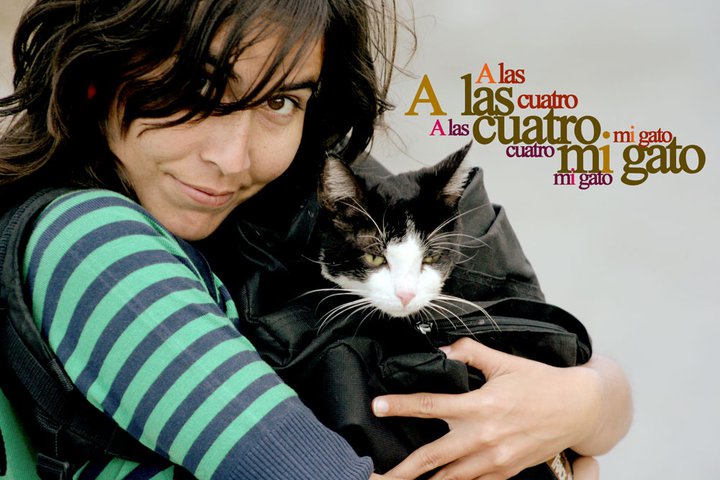
I don’t call Silvia Silvia, rather Salvi.
She taught me the secrets of the solar system, which is not made up of planets, of course, but of imaginary trees. Trees and cadavers, catreevers.
She loaned me a camera for years. I never returned it to her. Or I returned it destroyed. Better that way. Salvi didn’t need a camera. Which is precisely why she is the photographer and not me. Because she invented a way of looking, which in one case is a way of moving, which in her case is a way not to die. A small miracle. Meow.
Salvi taught me there were cats and that they were the only truly human species in the universe. Or divine, whether or not one believes in the Absolute Meow of the Cativerse.
We were both children of Gia, which is Earth and Love, and she came to us in an odd-numbered year, with her Gothic lips and her fine lady mustaches, and already with her three sad kittens in her virgin womb, which is now buried under the earth in a yard in Lawton, in a little wooden box that I will never see again, because I no longer want to see anything of Cuba, because I no longer want to see anyone or anything that still uninhabits Cuba.
That exasperating disease
It was Salvi who struck me or perhaps reminded me of that exasperating disease: not believing in the materiality of Castro’s Cuba (only the spirit is material, only the pixels are solid). Salvi taught me that Castroism wasn’t true, because Castroism was us. Such that the only solution would be avoid ourselves. Don’t try to understand me. I’m not trying to explain.
Salvi is still 19, as in November 2003 when I met her under the dim light of G Street: a girl on edge because she no longer wanted to get older. And she continued on edge. And she continued without aging. Like one of Martí´s evil characters, probably taken from The Age of Horror.
Putting a camera between herself and Cuba is her way of traveling, of not being over there. Cuba is so ugly. Cubans are so sad. If the camera were a machine gun, we wouldn’t hesitate for a moment to shoot and shoot. Salvi and I are two serial assassins and this benevolent hatred was what united us. The horror. The futility of virtue.
Salvi’s photos are alephs. They never stop looking. Labyrinths that make you dizzy. Turning on you. How she manages to capture all this imaginary life in a country as unimaginable as Cuba is a mystery unknown to me, and not knowing fascinates me. I suspect Salvi is an extreme exile, unlike me; I’ve had to come from my United States of Havana to be able to find myself at peace with Cuba from Alaska, or Miami (that other terminal Alaska).
Actually I don’t call Salvi Salvi, but Salvatati.
As she has been banished since childhood from the Arboreal Solar System, so have I been banished from her photos until Gia calls my soul to her side. Since a thousand and one photos I am banished from her photography and I am not thinking of returning to immerse myself in that mute liquid of light.
It’s your turn now, to love her cameraless glance.
 “There isn’t anything that especially interests me in photography. Nor anything that doesn’t interest me. The reason I take the photos is the potential each image has not to resemble the reality from which it originates and its character of not being essential. Each photo could never have been. And this makes it unique. And beautiful. And true.”
“There isn’t anything that especially interests me in photography. Nor anything that doesn’t interest me. The reason I take the photos is the potential each image has not to resemble the reality from which it originates and its character of not being essential. Each photo could never have been. And this makes it unique. And beautiful. And true.”
 “I started to become interested in photography in 2004, thanks to a friend who took one of those hundreds of courses in photographic composition for participants who, in reality, are already professionals without a profession. At that time I thought photos were taken alone, every time I put a roll in the camera. The digital era for me in Cuba still belonged to the future.”
“I started to become interested in photography in 2004, thanks to a friend who took one of those hundreds of courses in photographic composition for participants who, in reality, are already professionals without a profession. At that time I thought photos were taken alone, every time I put a roll in the camera. The digital era for me in Cuba still belonged to the future.”
 “My ‘anonymous’ friend had a Zenit camera and he already knew what all its buttons were used for, and he used two or three variables which he called ‘shutter speed,’ ‘F-stop,’ and ‘exposure sensitivity,’ among other more or less erotic terms.”
“My ‘anonymous’ friend had a Zenit camera and he already knew what all its buttons were used for, and he used two or three variables which he called ‘shutter speed,’ ‘F-stop,’ and ‘exposure sensitivity,’ among other more or less erotic terms.” 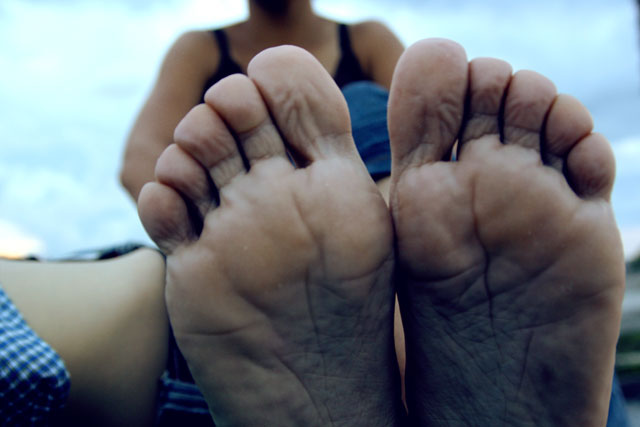 “I didn’t understand much, but the possibility of mixing the things of reality seemed wonderful to me. It was if I said to myself, ‘What you see before your eyes is this, but you can also see it in infinite ways.’ Leaking light.”
“I didn’t understand much, but the possibility of mixing the things of reality seemed wonderful to me. It was if I said to myself, ‘What you see before your eyes is this, but you can also see it in infinite ways.’ Leaking light.”
 “My friend still ignores that this discovery was responsible for my starting to compulsively take photos a few months later. This, and the magnanimity of the Cuban Revolution, which in 1988 had forced my grandfather to move to Miami, only so that in 2005 he could give me my first digital camera. A 4 megapixel Samsung or something like that. A box of wonders.”
“My friend still ignores that this discovery was responsible for my starting to compulsively take photos a few months later. This, and the magnanimity of the Cuban Revolution, which in 1988 had forced my grandfather to move to Miami, only so that in 2005 he could give me my first digital camera. A 4 megapixel Samsung or something like that. A box of wonders.”
 “Inevitably, in that same year, 2005, I started a photography course which, fortunately, I didn’t finish, with a professor named Orlando, an omen of the 5 years I would later spend at the side of another Orlando (OLPL), which in seven days transformed all my photography anxiety into the pleasure of pressing the shutter.”
“Inevitably, in that same year, 2005, I started a photography course which, fortunately, I didn’t finish, with a professor named Orlando, an omen of the 5 years I would later spend at the side of another Orlando (OLPL), which in seven days transformed all my photography anxiety into the pleasure of pressing the shutter.”
20 April 2014
